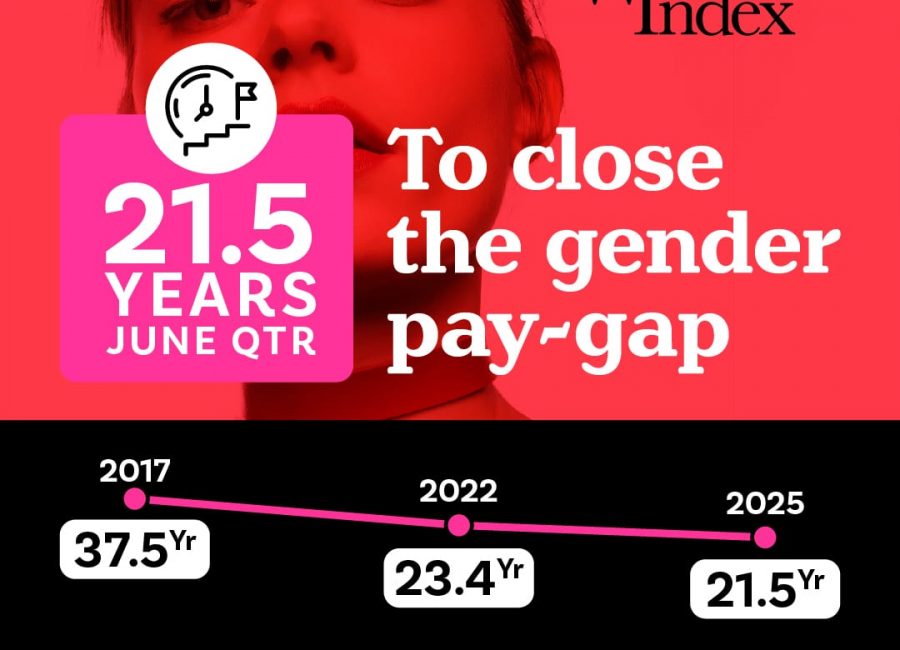If you’re planning an overseas holiday for a whirlwind shopping trip in Hong Kong, a destination Wedding, or a solo getaway how you spend your travel money can be nearly as important as how much you spend.
Mozo.com.au recently compared nearly 300 travel money options in our annual Experts Choice Awards, and found that on a $10,000 holiday, travellers could be paying up to $1,089 in bank fees.
To put that in perspective, by avoiding those fees, you could afford to pick up a pair of Louboutin pumps with change to spare! or stay an extra three nights in Hong Kong.
So while you’re booking a hotel, searching for a cheap flight that doesn’t leave at 3am and plotting out a route to hit all the best bars and restaurants in Phuket, it’s well worth taking a moment to also consider the best way of actually spending your travel dollars while overseas.
Questions to ask yourself before packing that plastic:
Are the perks worth the annual fee?
Credit cards are often the most expensive option for overseas spending, because while they might bag you complimentary travel insurance or add to your frequent flyer point stash, you’ll often pay for those perks and more in the annual fee.
So make sure you’re weighing up the benefit of extras like this against the cost of keeping the card in your carry-on.
What’s the foreign exchange margin?
Annual fees aren’t the only extra cost globetrotting ladies need to consider before splurging on a poolside pina colada or two – foreign exchange margins on credit cards also affect your spending money.
They can range from 0 per cent to 3.65 per cent depending on the card you choose – and on a $10,000 holiday, that could mean as much as $365 – or 18 hours of relaxing Thai massage – down the drain.
How does my ATM/debit card stack up?
Because you’re only able to spend the money already in your bank account, a debit card keeps you safe from taking one look at the outlet stores in Los Angeles and promptly descending into fashion-induced debt.
But all debit cards are not created equally when it comes to hitting the shops in a foreign land.
Mozo also found there’s a difference of up to $170 between the best and worst value debit card options on a $2,000 spend, so take a long hard look at your current plastic and decide if it’s the shopping partner you really want to take on this trip.
Things to look closely at are the cost of overseas ATM withdrawals and again, the foreign exchange margin.
Is prepaid better than credit?
Chances are, the answer is yes, especially if you’re only heading to one destination, largely because you won’t pay foreign exchange margins or high annual fees on prepaid cards.
Plus, a prepaid card allows you to lock in an exchange rate before you go, so you know exactly what you’re paying every time you head to the checkout with plastic in hand.
But even then, remember it’s important to shop around before making a decision.












